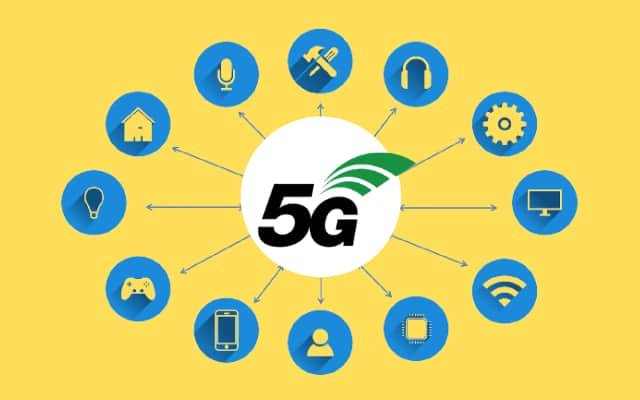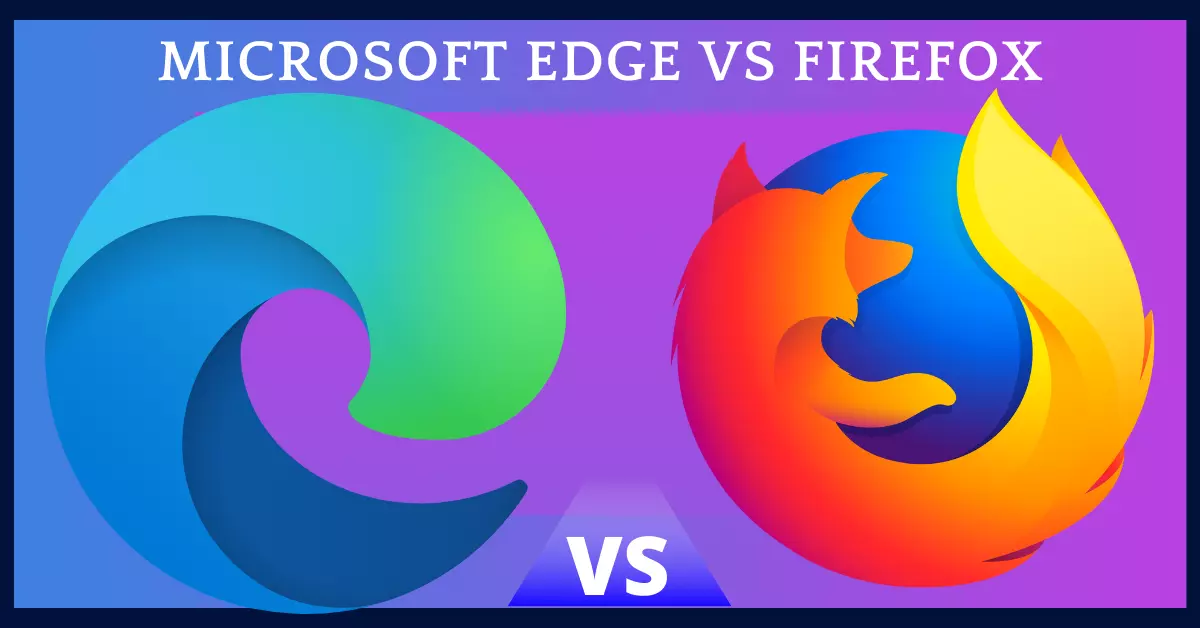What is 5G and how does it work, this is the most talked-about topic at the moment. 5G is the 5th generation of mobile networks, an important development of today’s 4G LTE networks.
Here you get an explanation of 5G technology, how 5G works, why 5G is important, and how it is changing the way the world connects people.
In simple words, 5G technology means fifth-generation wireless (5G) mobile network. It is the latest innovation in cellular technology, designed to enhance the speed, performance, and power of wireless networks.
In addition, 5G will power a massive increase in the amount of data transmitted over wireless networks due to more available bandwidth and state-of-the-art antenna technology.
The main advantage of 5G is massive speed and low latency in transmission.
In this article we are going to discuss “What is 5G technology and how it works”, we will also evaluate all its applications and their role in our lives.
What Is 5G Technology And How Does It Work?

The newly developed 5G technology is the fifth generation of wireless cellular networks and is also known as the next level of 4G. It offers new features that will create a window of opportunity for the public and businesses.
Meaning of 5G Technology in Simple Terms: In the telecommunications sector, 5G broadband is the fifth generation technology for mobile networks. Cellular phone companies began operating it worldwide in 2019.
It is the next generation of 4G network and the true successor of 4G. 5G is a new universal wireless standard after 1G, 2G, 3G, and 4G technology.
How does 5G work:
Currently, because 4G has a wider infrastructure, therefore, mobile operators will initially integrate it with 5G networks to reduce new infrastructure costs.
Wireless communication systems use radio frequencies to transmit data through the air. This radio frequency or a range of radio waves that are used in the telecom sector is called a spectrum.
5G works in the same way but uses higher radio frequencies that are less cluttered. This allows it to transmit more data at a much faster rate than the 1G, 2G, 3G, and 4G used before.
Energy travels in the form of waves commonly known as electromagnetic waves. However, these waves differ from one another on the basis of frequencies and this entire range of frequencies is known as the spectrum.
In telecommunications sectors, radio waves of different wavelengths are used in various fields such as radio, TV, and GPRS. They are divided into bands on the basis of different frequencies.
What exactly is 5G Network Architecture?
What is the 5G Network: The primary purpose of earlier generation cellular networks has been to provide fast-paced digital voice and data services to users.
5G has a greater potential to offer a diverse range of wireless services offered to the end-users.
5G uses an improved AI (artificial intelligence) architecture, the Radio Access Network (RAN) is no longer bound by the connectivity or complex infrastructure of the base station network.
Contribution of 3GPP to the development of 5G
The Third Generation Partnership Project (3GPP) brings together 7 telecommunications standards development organizations (ARIB, ATIS, CCSA, ETSI, TSDSI, TTA, TTC) to be designated as “organizational partners” for the development of future wireless network technology.
This 3GPP project incorporates cellular telecommunication technologies including radio access, core networks, and other capabilities to provide a complete system infrastructure for mobile telecommunications.
The project is supported by all major global mobile network companies.
There are three Technical Specification Groups (TSG) in 3GPP:
- Radio Access Networks (RAN),
- Services & Systems Aspects (SA),
- Core Network & Terminals (CT)
A wireless mobile network consists of two main elements, the ‘radio access network’ and the ‘core network’.
Radio Access Network: It is a vital part of the mobile telecommunication system. This includes a variety of infrastructures such as mobile towers, small cells, phone masts (poles), and dedicated buildings, including a home system that connects wireless devices and users to the prime core network.
A 5G network mainly uses two types of cells which are known as the macro cell and the small cell.
The macro cell is a major part of the radio access network and allows a significant level of radio coverage for mobile networks.
Typically, these macro cell antennas are installed on phone masts or towers/poles at cellular network base stations.
5G macro cells use MIMO (multiple inputs, multiple outputs) antennas. Typically, MIMO antennas use a high number of antenna components or multiple elements to send and receive additional data at the same time. As a result, more users or people can connect to 5G networks simultaneously.
MIMO is one of the flagship technologies of 5G and is commonly known as “Massive MIMO“.
Small cell is the main feature of 5G technology as it helps in transmitting signals over very large distances. Especially at newer millimeter wave (mmWave) frequencies where the linking range is much smaller.
Providing an uninterrupted 5G signal would require the number of small cells in the cluster to be massively increased and to carry the short waves from one location to another located very close to where the user needs a connection.
The Core Network: 5G is known for its ultra-low network latency and extremely high speeds and will bring a significant change in the day-to-day life of the users and make many impossible tasks possible.
But this has been possible because of the important role of ‘5G Core‘ (5GC) and NR (New Radio) technologies. This requires an unprecedented level of computerization across the network to meet the needs of new services and applications.
Unlocking the full potential of 5G requires a 5G standalone (5G SA) and cloud-native architecture in a 5G core network (5GC).
Some of the advanced features of 5G include network function virtualization and network slicing for various programs and services that will be managed in the 5G core.
5G Network Slicing: It is the use of network virtualization to split a single network connection into several separate virtual connections that provide specific amounts of resources for different types of traffic.
5G network slicing enables the service provider to create virtual end-to-end networks tailored to the application requirements.
Network Function Virtualization (NVF): It is the ability to carry out network tasks in real-time at any desired location within the operator’s cloud platform. NVF is crucial to allowing speed performance and supporting new applications for businesses.
Cloud-native architecture: 5G Core (5GC) is offering a service-based architecture (SBA), designed for cloud-native deployments.
The previous generations of mobile networks and 5G
| Details | Years | Description | |
| 1G | First Generation | 1980s | Delivered analog voice. |
| 2G | Second Generation | Early 1990s | 2G introduced digital voice (e.g. CDMA- Code Division Multiple Access). It allows the transfer of voice or low volume digital data. |
| 3G | Third Generation | Early 2000s | 3G brought mobile data (e.g. CDMA2000). It allows the simultaneous transfer of voice and high-speed digital data. |
| 4G LTE | Fourth Generation | 2009 2010s | 4G LTE led the era of mobile broadband. 4G LTE network boosts high-speed connectivity. |
| 5G | Fifth Generation | 2018 2019s | The main advantage of 5G is massive speed and low latency in transmission. |
A recent research report published by Fortune Business Insights, titled “5G Infrastructure Market Size, Share & COVID-19 Impact Analysis, By Communication Infrastructure (RAN, Transport Technologies, and Core Technologies), By Spectrum Band (Low Band (<1 GHz), Mid Band (1-6GHz), And High Band (24-40 GHz)), and Regional Forecast, 2020-2027” the 5G telecom market was worth $1.25 billion in 2019 and will exhibit a CAGR of 71.0% during the forecast period, 2020-2027.
What is 5G capable of doing for people?
Of course, 5G does more than just improve your network speed. It provides new opportunities to businesses, which is very beneficial for the people in society.
Suppose, if billions of people connected to 5G at massive internet speed and started sharing information at lightning speed. It will definitely help a lot in the fields of education, health, business, finance, and many more.
- 5G is the new cornerstone of scalable, productive, and reliable business.
- Helps in creating stable and reliable connectivity in crowded places.
- Increase the potential for more systems to provide smart sensory experiences such as touch through devices.
- Now companies, individuals, education institutions, health persons, will be able to easily join virtual meetings, which will increase productivity easily.
- 5G lays the foundation for more engaging entertainment, education, and more effective health services.
- After that, we will be able to use smart connected sensors that can detect and receive warnings of natural disasters in time.
Importance of 5G Network
- Ultra-low latency
- Greater network reliability
- Massive network capacity
- Amazing user experience
- Increase network availability
- High performance that will surprise users
- Increasing mobile broadband penetration
- 5G wireless technology gives users high multi-Gbps peak data speeds
5G Network Benefits
- Ultra-low latency and high reliability for coverage.
- Technique to collect all networks on one platform.
- Ultra-high carrying capacity for consumer applications such as real-time gaming.
- The finance sector benefits from 5G, allowing millions to billions of transactions with voice and data handling in real-time from gigabytes to petabytes.
- Only the initial cost of 5G installation is high but easy and affordable to support a high quality of digital voice and data services for customers.
What Is 5G UW (Ultra Wideband)
5G offers a vast upgrade of ultra-wideband network technology. It will provide data transfer rates, higher bandwidth, and more opportunities for connectivity in a matter of seconds.
In addition, 5G ultra wideband networks have the potential to deliver speeds many times faster than existing 4G networks. Because data moves so fast on 5G ultra wideband.
Currently, approximately 14.2 billion 5G devices are connected and in use, and this number is expected to exceed 55 billion by 2025.
5G Ultra Wideband aims to help meet the surprisingly huge demands on network bandwidth.
Because 5G uses a much higher frequency than earlier cellular networks, millimeter-wave allows for lightning-fast connectivity that reaches more than 1Gbps in some areas.
5G ultra-wideband systems use a high-band millimeter wave (mmWave) spectrum, also known as ultrawideband, to give users an amazing 5G experience.
FAQ (Frequently Asked Questions)
Do we really need 5G?
Yes, 5G is necessary for us because with the changing times, our needs and requirements are also increasing.
Speed is the most important part of the internet and because in 5G network we get blazing fast speed so that we can save a lot of time by completing many important tasks in less time.
5G is faster and more efficient than 4G, with the average speed of 5G being around 50 Mbps to 100 Gbps.
What is the big deal about 5G?
- Users get unprecedented levels of speed and bandwidth.
- The average speed of 5G is 50 Mbps and above.
- Globally, the maximum speed of 5G is 1Gbps to 10 Gbps.
- 5G provides the technology of the future as compared to the present mobile technology.
What exactly is 5G technology?
5G stands for fifth-generation wireless technology and is the next level of 4G. The previous generation of cellular wireless networks is known as 1G, 2G, 3G, 4G, and the latest 5G.
It is known for providing ultra-low latency, incredibly fast internet speeds, and the ability to handle massive traffic.
Is 5g network available in the world?
According to GSA (Global Mobile Suppliers Association) data for April 2021, about 163 operators launched commercial 5G services in 64 countries or territories.
5G network available in which country?
GSA (Global Mobile Suppliers Association) data for April 2021 showed that around 163 operators have launched commercial 5G services in 64 countries or territories.
South Korea, the United States, the UK, Japan, and China are the countries that lead the world in developing and deploying 5G technology.
This is a Wikipedia list of commercial 5G NR networks around the world, indicating their frequency bands.
What is the difference between 4G and 5G?
4G is the fourth generation cellular wireless technology while 5G is the fifth generation technology.
5G has been developed to provide users with more capability to perform multiple tasks at once like super-fast video streaming, social media, etc.
Although 4G networks were mostly designed for phones, while 5G networks are designed for more multi-purpose use.
The biggest difference between 4G and 5G is maximum capacity and latency.
What are the disadvantages of 5g, if any?
- The initial cost for installation is high.
- Limitations of network expansion in rural areas.
- Upload speed is not likely to match download speed
- Quick battery drains on devices so you need to upgrade.
- You will need to upgrade to a 5G enabled device or hardware to get 5G services.
- Obstacles can affect connectivity as is the fact that 5G frequency is disrupted by physical obstructions such as trees, towers, walls, and buildings.
- Many older devices will not be capable of 5G, therefore, all of them need to be replaced with new ones.
Conclusion
It is currently the most talked about and interesting topic that what is 5G and how does it work.
5G is such a technology using which we can solve many of our problems. Many such things which we used to imagine earlier, they will now be able to do in reality.
Furthermore, 5G will drastically increase the amount of data transmitted over wireless networks due to more available bandwidth and next-level technology.
I think 5G will revolutionize our lives because of its many benefits.
Also Read:





Comments are closed.